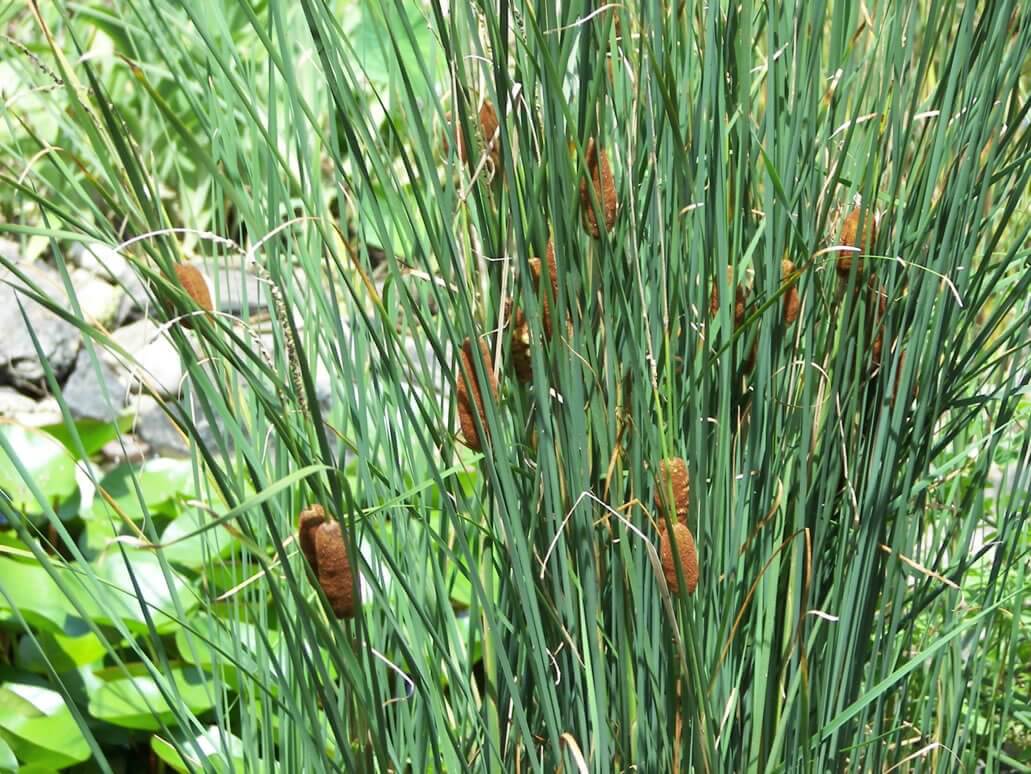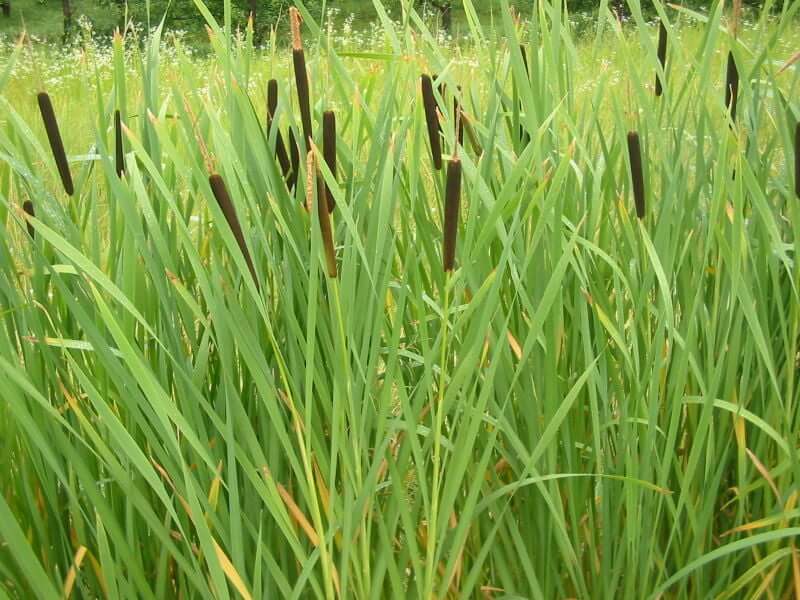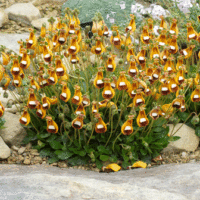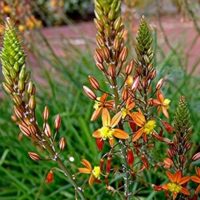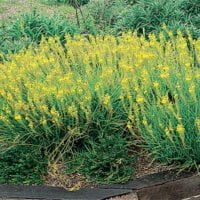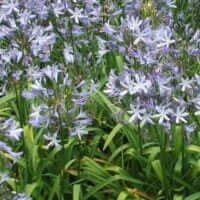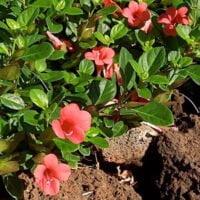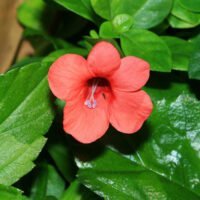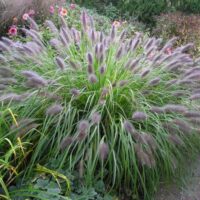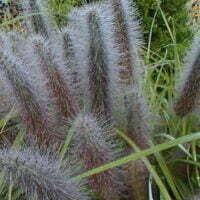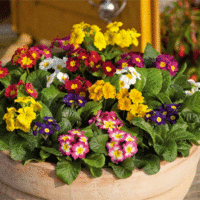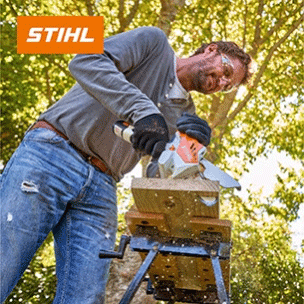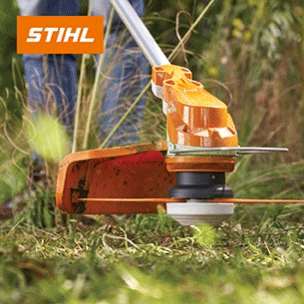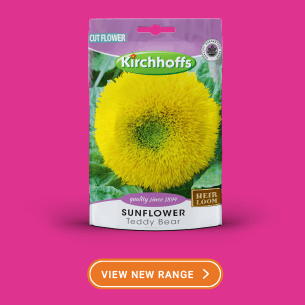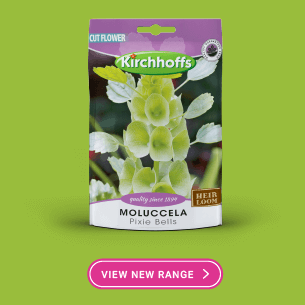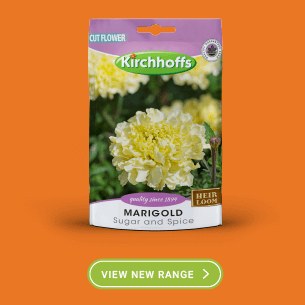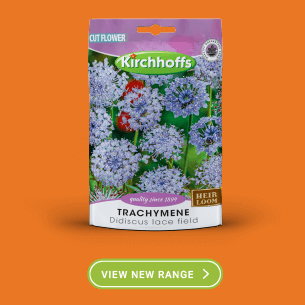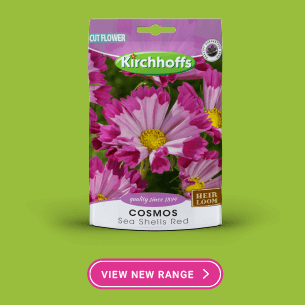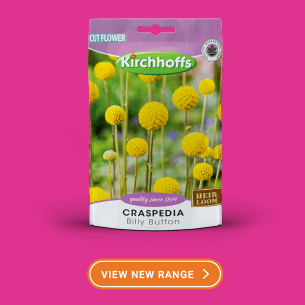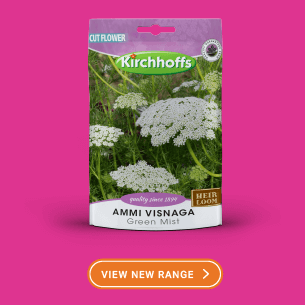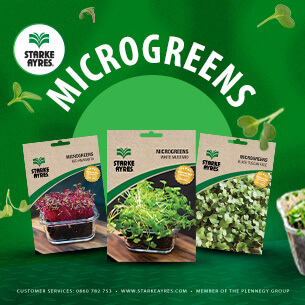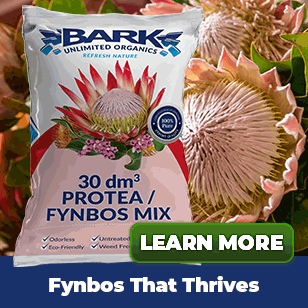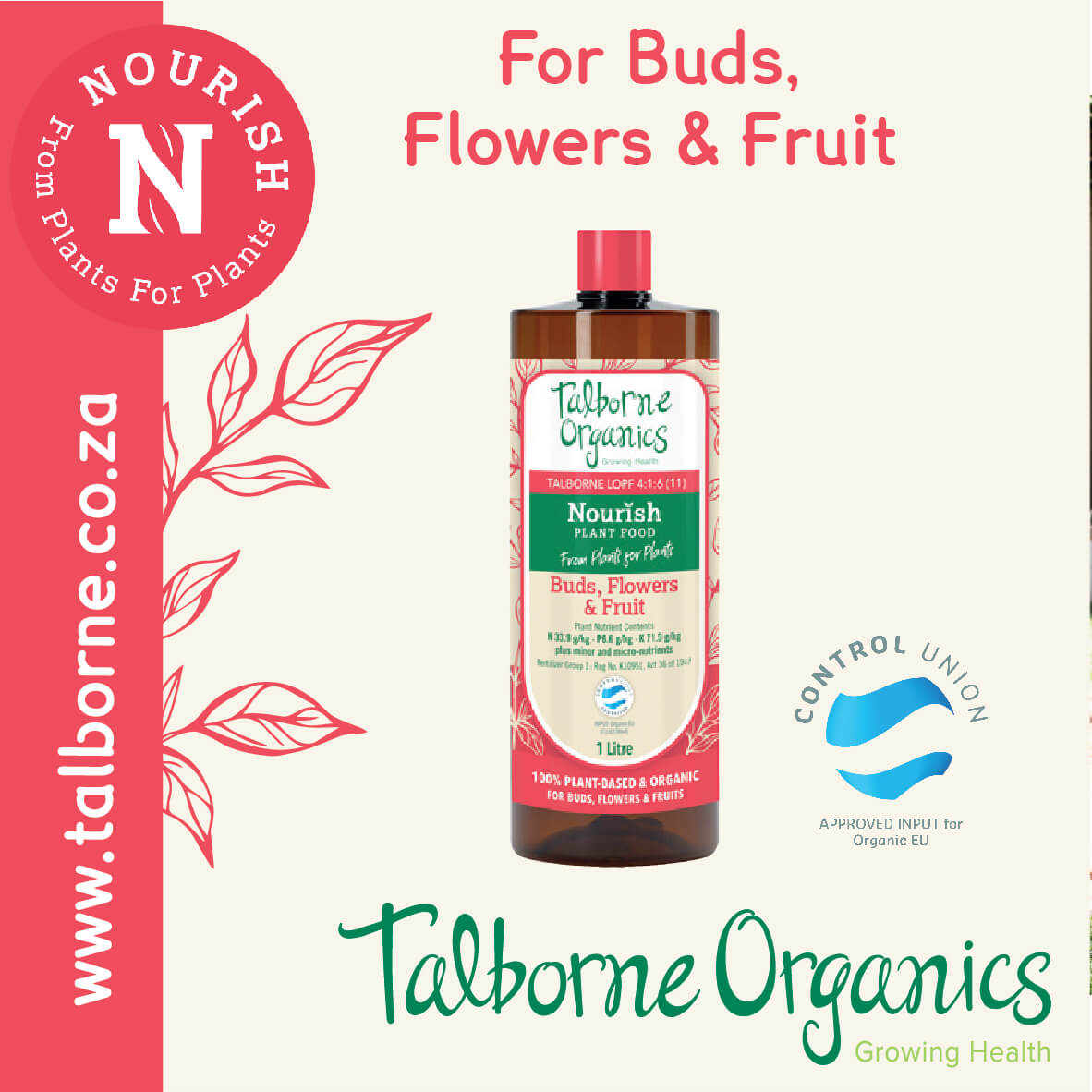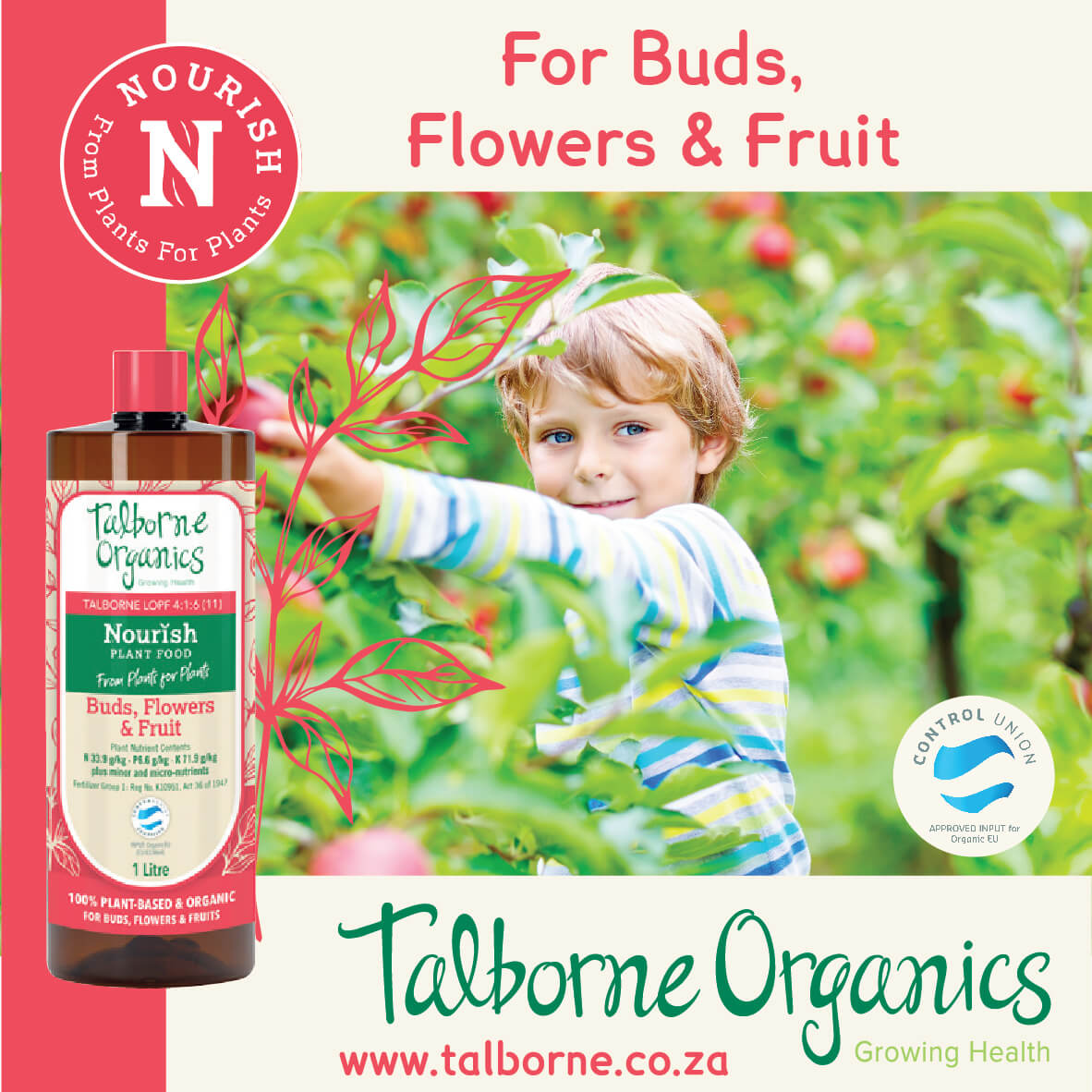| Botanical name | Typha species |
|---|---|
| Plant Care |  Full Sun Full Sun – Prefers 6 or more hours of sun per day.  Half Sun Half Sun – Prefers 3 To 6 Hours of Sunlight a Day.  High Maintenance High Maintenance – Requires Regular Maintenance. |
| Size | |
| Categories | |
| Flowers | January February October November December The brown cylindrical flower spikes is the female part and above is a smaller, pointed, light-yellow spike of male flowers. |
| Common name(s) | Cat-tails |
| Foliage | Cat-tails bear strap-like foliage. |
| Uses in landscape design | This is a good plant for water gardens and ponds. Plant in containers or tubs to restrain spread. |
| Soil conditions | Fertile – Acidic |
| Uses | Cattails are used for flower arrangements. This plant can be used to treat polluted water. |
| Wildlife attractions | This plant provides cover and nesting areas for birds and animals. |
| Interesting info | Typha does not tolerate dense shade. |
| Possible problems | Aggressive spreader outside containers. |
| Seed sowing instructions | This plant may self-seed. |
Typha species (Cat-tails)
- Botanical name: Typha species
- Common name(s): Cat-tails
- Categories: Ground Covers and Perennials
Plant description:
Typha species grow in permanent fresh or brackish water. It grows almost always under natural conditions in wetlands. This plant provides cover and nesting areas for birds and animals. Cat-tails has strap-like foliage with brown cylindrical flower spikes. This plants do not tolerate dense shade.
Family: Typhaceae
Synonym: –
Botanical Pronunciation: –
Typha species requirements and features
info on these icons
Moderate Maintenance
Requires moderate maintenance.
Prohibited Use Notice: No Data Scraping Allowed Except for Search Engine Indexing:
The content provided on PlantInfo.co.za is intended for personal, non-commercial use only. Unauthorized extraction, reproduction, or use of the data, including scraping, for any purpose other than search engine indexing is strictly prohibited. Violations of these terms may result in legal action. By accessing and using this website, you agree to comply with these conditions and acknowledge the legal restrictions on the use of our content.
January February October November December The brown cylindrical flower spikes is the female part and above is a smaller, pointed, light-yellow spike of male flowers. 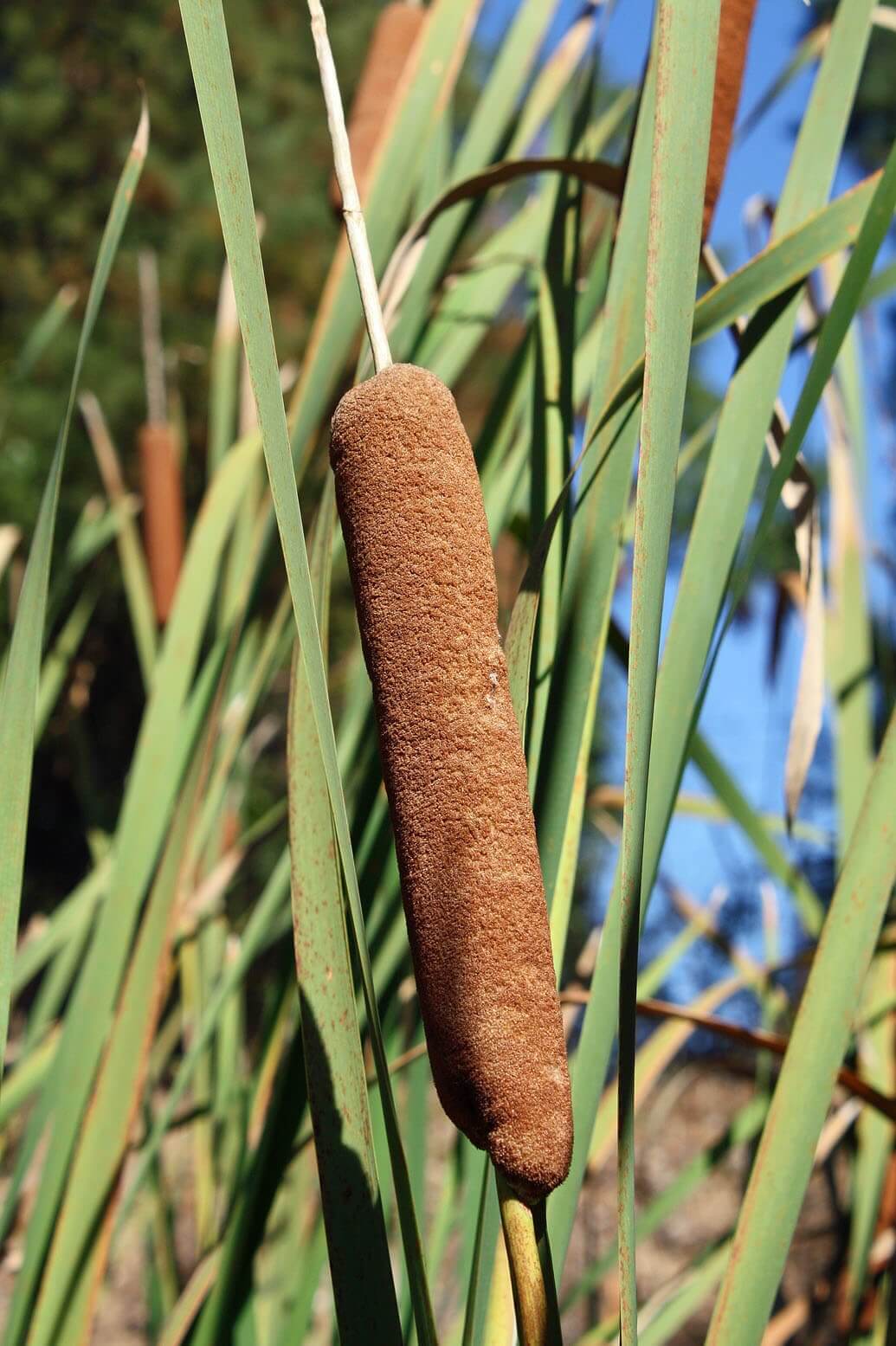
Cat-tails bear strap-like foliage.
